SEWSENAN, Iraq (Army News Service, April 18, 2008) -- Iraqi soldiers armed with food, school supplies and a promise to support and protect the people of Sewsenan visited the village April 16.
Twenty years ago, Sadaam's Iraq Army turned their weapons away from combatants in Iran and began simultaneously firing rockets and dropping bombs filled with biological agents upon unarmed villagers in the northeastern mountainous regions of Iraq.
This was during the former dictator's genocidal-type campaign in 1988 against ethnic Kurds in an operation known as "Anfal," loosely translated as the Disappeared or as the Spoils of War. At its conclusion, Anfal would result in the deaths of an estimated 100,000 men, women, and children of Kurdish descent in this region alone.
In the village of Sewsenan, located south of Sulayminiyah in the Kirkuk Province, the death toll "may never be known" Serdar Jabbar said. What is known is that 65 would die as a result of the chemical attack that occurred here, March 22, 1988.
Jabbar remembers it well although he was only 10 years old at the time. He watched as family, friends and neighbors returning home for their evening meal began falling to the ground vomiting; they died in a barrage of artillery rounds and exploding bombs dropping from the sky.
"Everybody was screaming," he said. "My father yelled for us to get in the house. He began wetting pieces of cloth, telling us to cover our faces."
Jabbar's father also sealed cracks and crevices of their mud hut with anything he could find. His father's quick actions may have saved them, but Jabbar's vision would be permanently damaged. He is blind in one eye and suffers blurred vision in the other.
Twenty years later, the Iraqi Army is back. This time the Soldiers are armed with food purchased from their own pockets, school supplies donated by U.S. organizations, and a pledge to "continue to support and protect the people of Sewsenan and other villagers in our area of operation," Brig. Gen. Omar Hama Saleh Anwar, commander, 16th Brigade, 4th Iraq Army Division said during the visit. "They have suffered heavily...we owe them much."
To the 100 or so families that have returned to this village that once had 400 families prior to the March attack, the reception is surprising. Most of the villagers, both male and female, lined the main dirt road leading to the entrance of the village. They ceremoniously and enthusiastically greeted the IA soldiers, and 1st Brigade, 10th Mountain Division Soldiers as they exited their vehicles, shaking hands with and warmly greeting each person individually.
"We are finally enjoying our freedom and a sense of security," Jabbar said, looking at the Soldiers as they interacted with the villagers and their children while handing out provisions. "What you are seeing would never have happened in the past." he said.
Also unique to this brigade, headquartered in Sulayminiyah, is the inclusion of former Peshmerga soldiers into their ranks: those that fiercely fought Sadaam's Army in this region.
Anwar is one such soldier. He remembers this village and others, who fed and cared for him as he and others fought against Sadaam's Army here. "I slept in the mosque over there," he said, pointing to the center of town. "I will never forget how these people risked their lives for us and how they died...never," he said.
"This is not the same army we feared," Roveter, 83, said. He too suffered vision loss in one eye by the same chemicals that killed his son in front of him, and several relatives. His home was destroyed by one of the bombs dropped by aircraft.
"I would not believe that I would live long enough to see this, our Army helping us this way," he said.
Iraqi and Coalition soldiers alike stopped in to the village's two schools, handing out school supplies and chatting with the teachers and students.
When a headmaster of one school thanked Col. David Paschal, commander, 1-10th Mtn. Div., for the Coalition support he responded, "It is your army that provided these supplies. Your thanks go to General Anwar who is responsible for this visit. He brought us here to introduce us to the courageous people of Sewsenan ...we are here as guests of the Iraqi Army."
Anwar and his soldiers are deeply committed to assisting the people they protect. They conduct civil military operations on a continual basis. "It is the responsibility of the Iraqi Army to establish good relations with its citizens. It is our duty to protect our country and its people and help however we can," Anwar said.
"We must make sure as Soldiers that we remember the atrocities carried out during Sadaam's time in our country's past and that they do not get repeated."
(Staff Sgt. Margaret C. Nelson serves with the 115th Mobile Public Affairs Detachment)

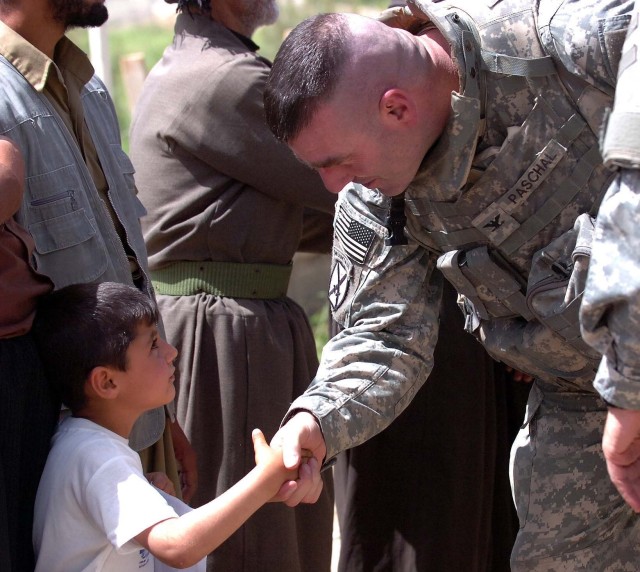
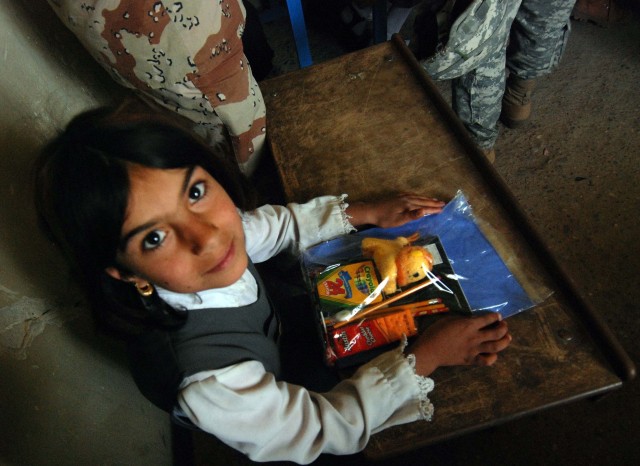

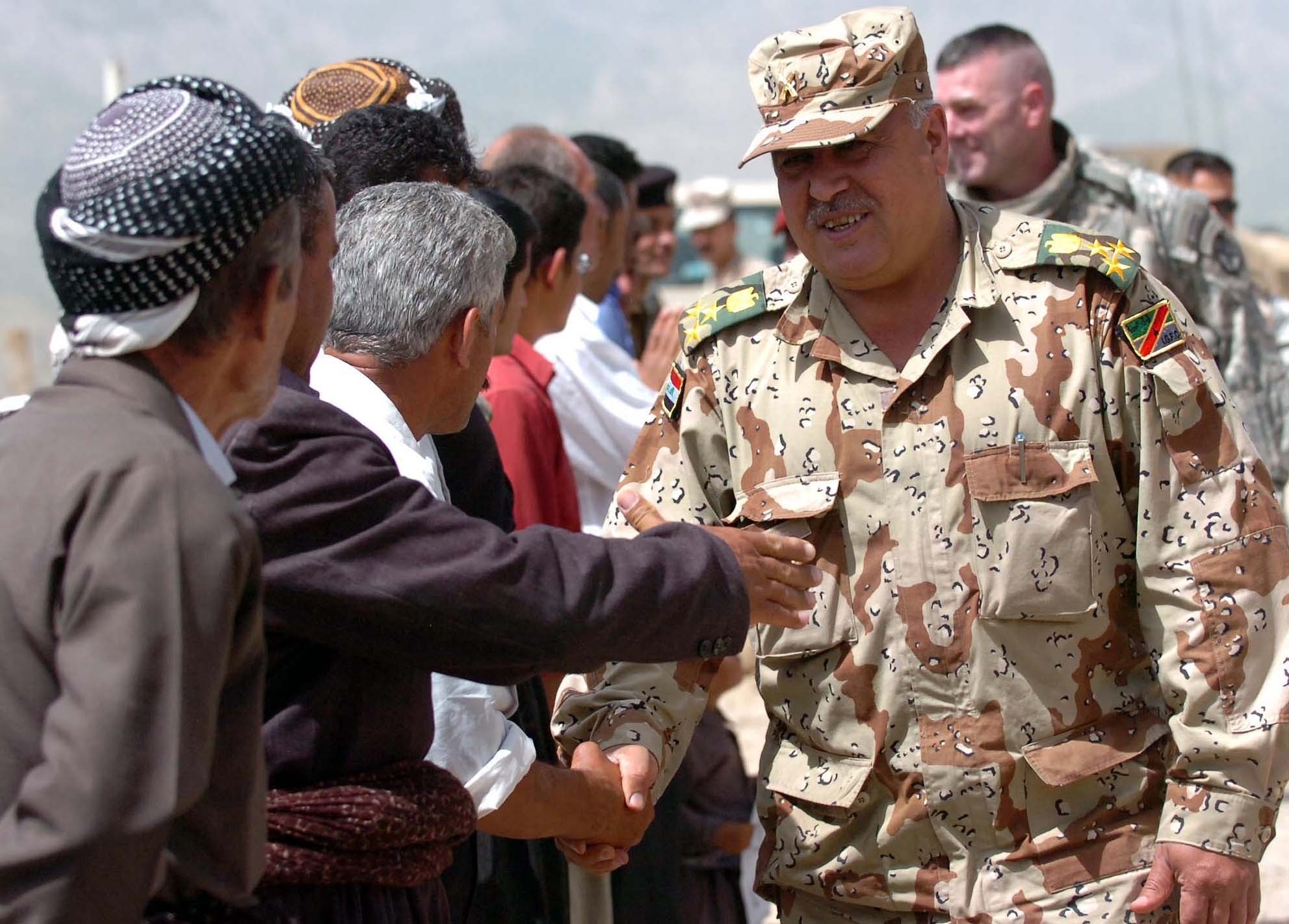
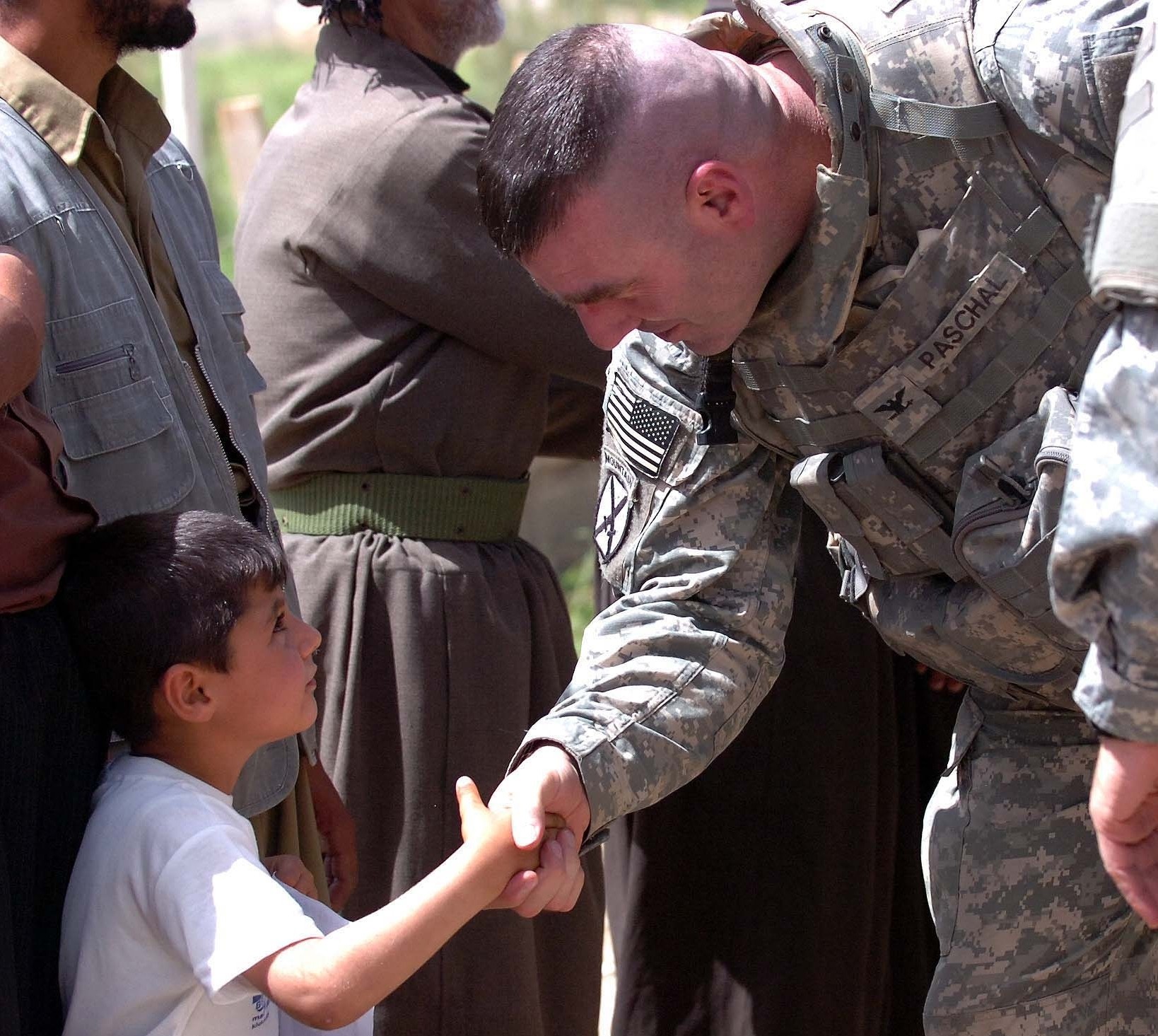
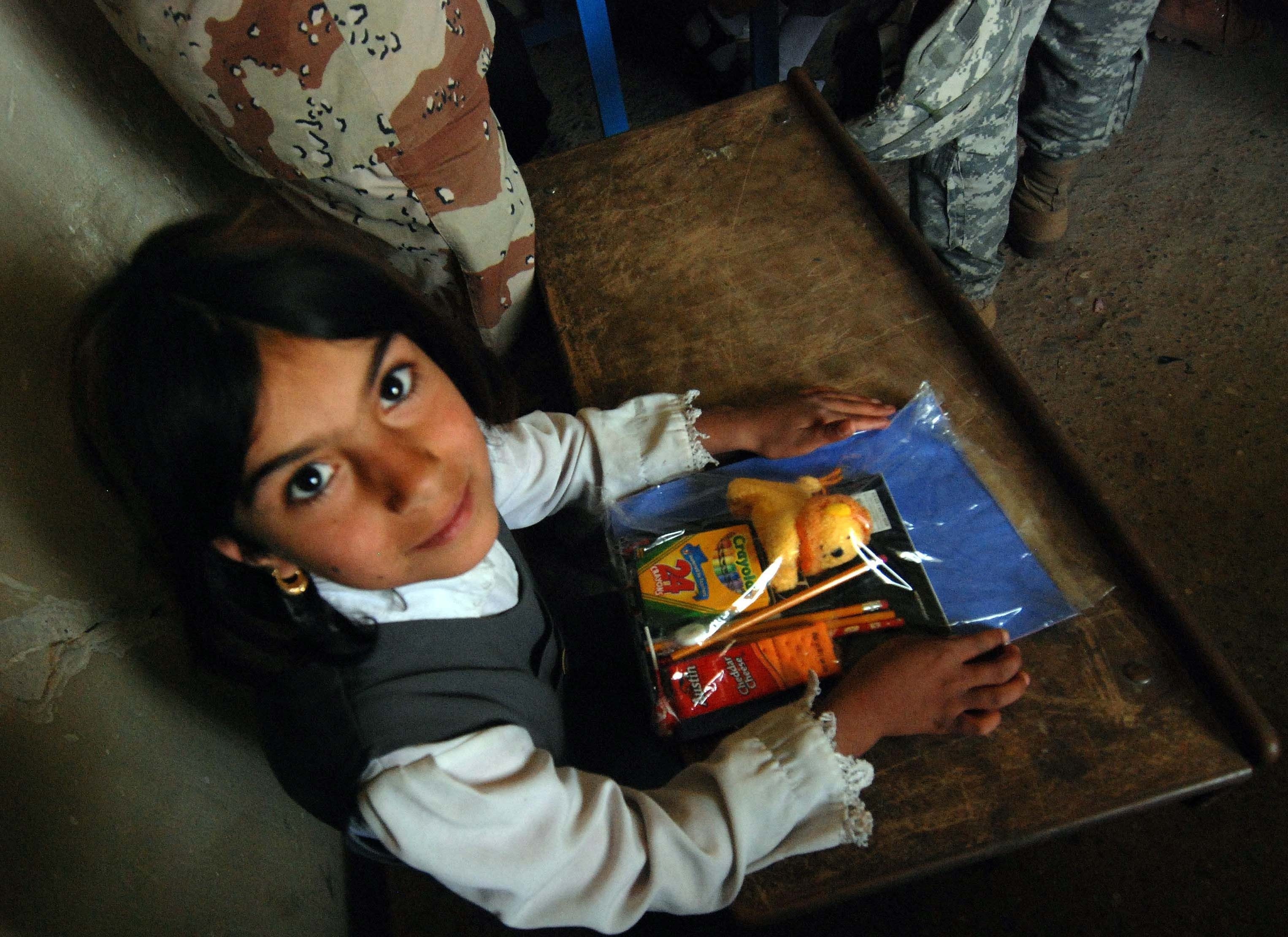

Social Sharing